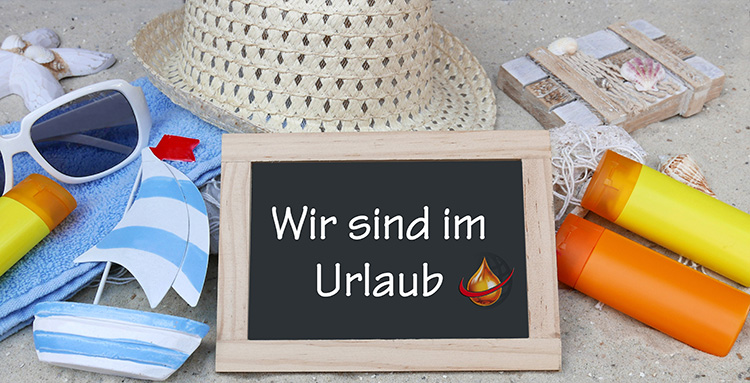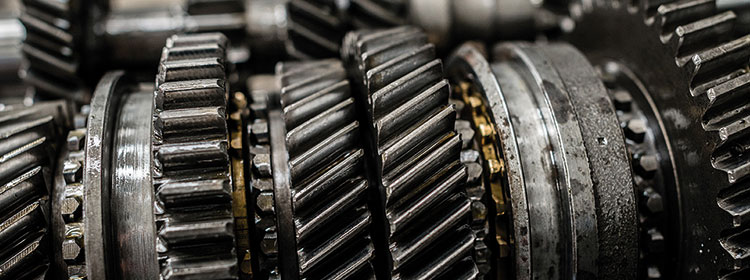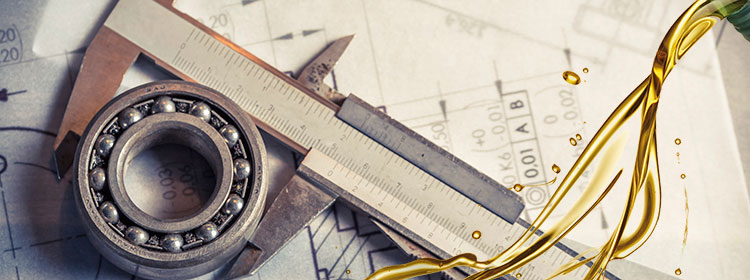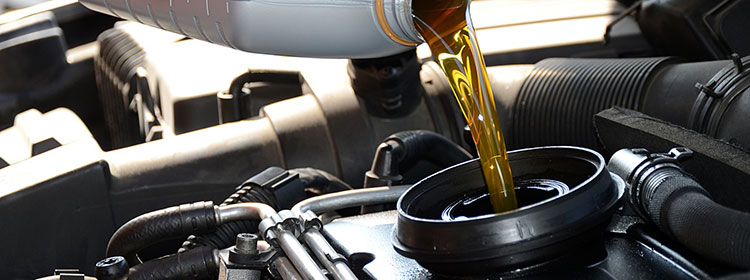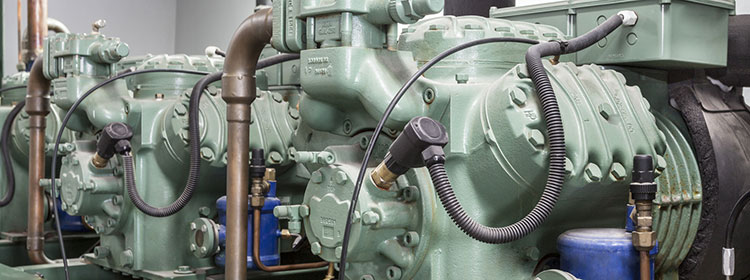In the dynamically changing world of mechanical engineering, the impurities contained in lubricating or hydraulic oil play an increasingly important role with regard to the service life of the machine and lubricant.
Machine manufacturers and users alike are confronted with increasing, sometimes very different and sometimes somewhat utopian purity requirements.
Are the increasing purity requirements justified? Do they only apply to the new oils to be filled? And what applies to the company?
The one-hour online training course highlights the topic of oil purity and explains the purity requirements of different applications. Just as much attention is paid to measuring the cleanliness class during operation – whether online, on-site or in the laboratory.
Many practical examples round off the topic and make it easier to transfer to your own working environment.

